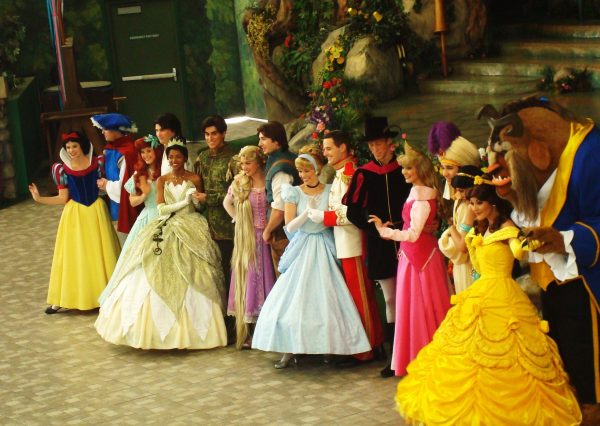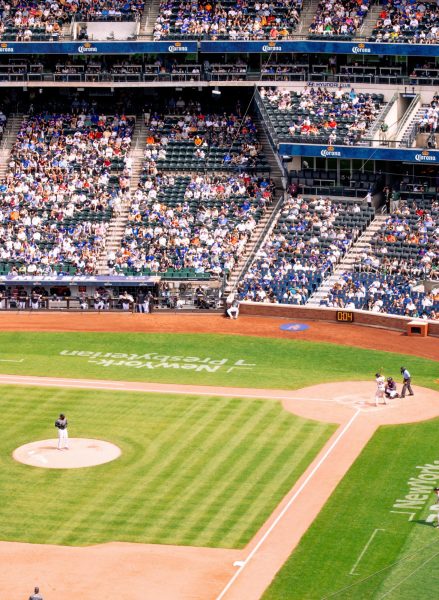Brazilian exchange student explains the differences between Brazil and the United States
Every time I tell someone I’m from Brazil, I am immediately bombarded with questions such as, “Oh, so do you speak Spanish?” or, “Do you have chicken in Brazil?” or, “Do you see wild animals on the streets?” Of course, there is always someone who asks me if I play soccer or live in Rio. As apparently many people have missed their World Geography classes, and it’s always good to learn more about other places, here are a few things Americans and Brazilians do differently.
Due to globalization and mass media, it’s apparent that Brazil and the United States have a lot of similarities, but, still, they have two completely different cultures. One of the things that always amazes me every time I come to the U.S. is the food habits. On my first week of student exchange, I found it really hard to get used to eating sandwiches or pizza for lunch. No matter where you are in Brazil, one thing is for sure: lunch is the biggest meal of the day. So, if you ever go to Brazil, be prepared to have a complete meal — which usually includes rice, beans, steak and salad — around 12 or 1 p.m., which is the typical lunchtime. Additionally, Brazilians in general drink soda or natural juices. While many Americans would choose milk or tea to go with their meal, those beverages are considered exclusive breakfast drinks in Brazil.
The educational system is also very different. Brazilian high school students do not have electives or clubs. This means that everyone has the exact same subjects throughout all of high school, which is, by the way, three years long (9th grade is not considered high school). So, we have three years of physics, chemistry, biology and everything else. Subjects such as philosophy and sociology are considered extremely important and essential for the student’s educational background. Even though that seems like a lot of work, most schools end at 12:30, with afternoon classes a few days a week, and tests every Saturday morning. While Portuguese is the native language of Brazilians, they are all required to learn English from elementary school through high school.
Hygiene habits are also a big thing in Brazil. As most of the country is really hot during the entire year, taking more than a shower a day is seen as a necessity. Brushing your teeth after every meal is also very common, no matter where you are — at home, at school, or at your job. Also presentation of yourself in front of others is extremely vital; burping next to someone or cleaning your teeth with your hands in front of people are unacceptable behaviors and considered very rude.
As much as I love my home country, I sometimes wish we could do some things like Americans. The American process of getting into college is a lot easier and way more interesting — I love it that everything you’ve done your whole life is taken into consideration when applying to a college. In Brazil, students must take a high-level test in order to go to college. Each university has a different exam, so you have to take a different test for each college you apply to. If you pass it, you are automatically in the university you chose; if you don’t, you have to wait until the next year and take the exam again. The exams are extremely difficult and most students prepare for years, since elementary school, to take it. I also like how American schools have clubs and are always encouraging students to do extracurricular activities. In addition, something that always catches my attention is the American patriotism and how their traditions are extremely valued. Every single American I have ever met seems to genuinely love their country and do their best to improve it somehow.
As similar as two countries can be, there are always particular details and aspects that differentiate them and make them one-of-a-kind places. It is interesting to know the things that make a place so unique.





